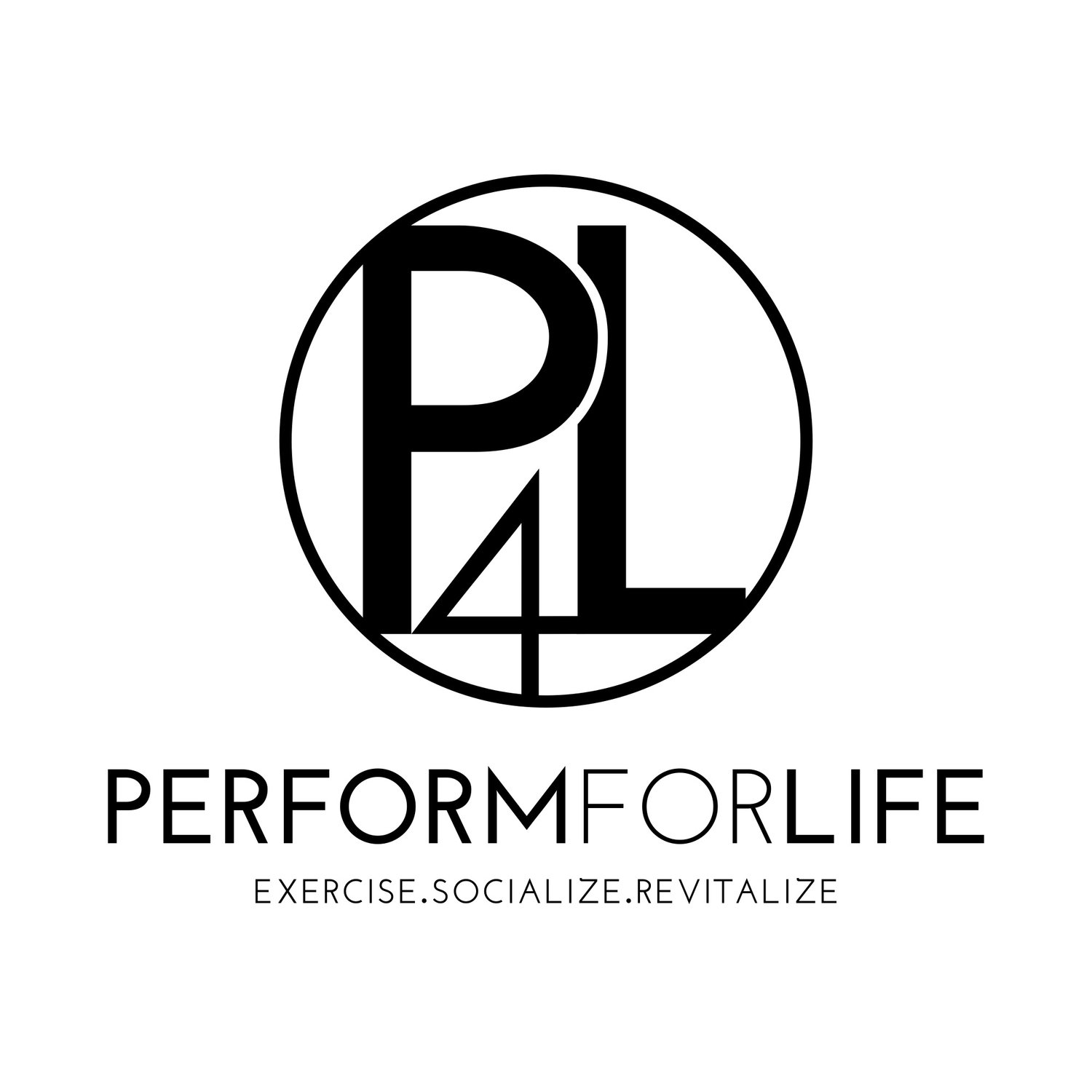How conscious are you about your movement?
HOW CONSCIOUS ARE YOU ABOUT YOUR MOVEMENT?
How Purposeful Movement Can Benefit You Mentally And Physically
Never did I think I would be writing about meditation or mindfulness, but things have definitely changed since I have become more aware of the way my body moves. What is mindfulness you may ask? Mindfulness is a very modern movement that stems from ancient Buddhist roots, and focuses on being aware or conscious of the present moment. It’s practice has more of a direct focus on purposefulness. A great example would be eating. We can be consciously aware that we are eating, but our minds tend to wander about the day, stress, work etc. The way you can apply mindfulness and purpose is to come back and focus on the sensations that eating brings you.
My journey began when I starting taking this yoga class that focused on mindfulness. Like I said before, never did I believe I would speaking about mindfulness, let alone be taking a yoga class but it changed the way I looked at movement. My mind wanders everywhere, especially when my body starts to slow down so this was a challenge for me at first. I always have to start with the basics, how my breath feels when I inhale through my nostrils, how my breath feels when I exhale through my lips, the way my fingers feel as they touch my clothing, the way the skin on my neck feels with my hair touching it, etc. From there I hone in on what muscles should be activating during every pose, and after that I feel myself get into this zone where I have complete control of my body and mostly my mind (with the occasional random thought popping in my head), and THAT is where I feel the strongest.
Now what if you were to apply this to movement? A few studies have suggested that if you intentionally immerse yourself into the feeling of the movement and the environment surrounding that movement during exercise, you are more likely to want to exercise again. Another study done by Dutch researchers that was published last year suggests that maybe we shouldn’t be paying attention to whether mindfulness increases the individuals’ interest in exercise, but rather how satisfied they are during exercise. In this study they were experimenting with the relationships between how much the volunteers exercised, how satisfied they were during exercise, and how mindful they were during exercise. Generally, those who practiced mindfulness during exercise reported satisfaction during exercise due to the fact that they were “being present” in the moment or their surroundings which provided them a more satisfying workout.
Practicing mindfulness while exercising has a handful of benefits:
1 . BUILDS A STRONG RELATIONSHIP WITH YOUR BODY
Learning the balance between discipline and listening to your body’s needs is the very foundation for building a relationship with movement. Also, mindfulness will not only help you notice how your body feels during exercise, but it can help with overall motor awareness. This means better vision, sharper reflexes, and better overall conditioning and timing.
2. INCREASED EFFECTIVENESS AND EFFICIENCY OF YOUR WORKOUT
After you have established a good connection with your body, listen to it. You will know when you need ample rest time between sets or whether you can push yourself. Knowing if the right muscles are being activated during the exercise or not is a good indication of whether you are doing a movement properly or efficiently. When you focus on the what you are doing, you improve the quality of movement, and therefore get better results.
3. REDUCE RISK OF INJURY
Having an injury can be a huge set back. Mindfulness helps your coordination by understanding how and where your body is moving in relation to time and space. Not only will you be aware of your body and movement, but of your surroundings as well. Lastly, by paying more attention to your form and technique, you get a better sense of whether you body is compensating or not during exercise.
4. REDUCES STRESS AND BUILDS RESILIENCE
One of the most important benefits is the reduction of overall stress when practicing mindfulness because the body is learning how to properly adapt to stress and adversity. Regulation of emotion, increasing emotional flexibility, increasing life satisfaction, and increased positive relations with others are all benefits of mindful practice.
The key to these benefits are to pay attention to purpose, purpose of the movement and the action. I always ask my clients how their body feels during their movement, and whether the right muscles that are working are actually being activated. In return they have learned to ask specific questions when they workout with me such as "What should I be feeling during this movement?" or "Where should I be feeling the strongest?". I can tell that they feel empowered but they also feel strong in the right areas while doing the proper movement.
Here are some tips to practicing mindfulness during exercise:
1) Set your intention for your workout
-Be aware of your purpose or more importantly your “why” during your workout.
2) Slow it down
Working out faster will not make the clock go faster. Take your time with your workout and focus on your form.
3) Breathe
Breathing is essential! Let the breath drive your movement, they should happen simultaneously in most exercises!






